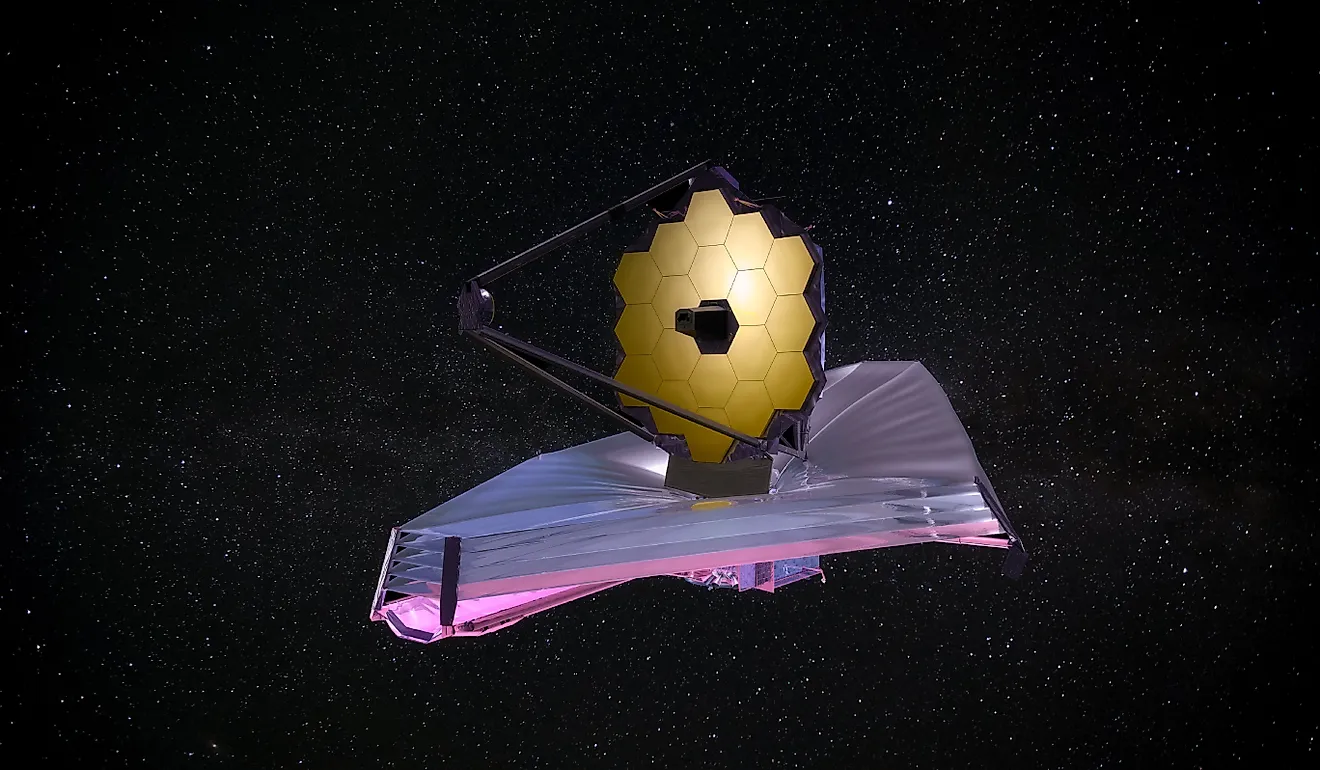
Countries By Number Of Military Satellites
Military technology has advanced at breakneck speed since the beginning of the 20th century. Airplanes, tanks, radar, and a myriad of other inventions have transformed how war is fought in the modern age. Space is now the final frontier of the battlefield, and that has been apparent in various countries since the dawn of the Cold War. The use of satellites in modern militaries is now widespread, and they play a crucial role in communication and intelligence. The country with the most military satellites is the United States, which has 247. China lands in second place with 157, and in third is Russia with 110.
Countries Ranked By Number Of Military Satellites
| Rank | Country | Number Of Military Satellites |
|---|---|---|
| 1 | United States | 247 |
| 2 | China | 157 |
| 3 | Russia | 110 |
| 4 | France | 17 |
| 5 | Israel | 12 |
| 6 | Italy | 10 |
| 7 | India | 9 |
| 8 | Germany | 8 |
| 9 | United Kingdom | 6 |
| 10 | Spain | 4 |
1. United States - 247

The United States is head and shoulders above the rest of the world in terms of military strength and its power projection in space is just as dominated as it is on Earth. It was the United States that first launched a formal military satellite program in the 1950s as a way to gather intelligence against its adversary, the Soviet Union.
The majority of US military satellites are used to gather information. The location of military bases, missile silos, and other important installations is paramount when planning against any opponent. The United States has launched other satellite programs, but most have been marked as classified. Therefore, the full capabilities of these new satellites remain unknown.
2. China - 157

China's presence in space has really taken off in the past two decades and has seen an aggressive push to overtake the United States monopoly in recent years. In the past two years alone, China has sent more than 400 satellites into orbit.
The vast majority of these new satellites officially only have intended commercial use, but it is yet to be determined whether this is true or a cleaver ploy from Beijing. Regardless, it is largely accepted that China now possesses a newfound ability to gather intelligence against its rivals like never before.
3. Russia - 110
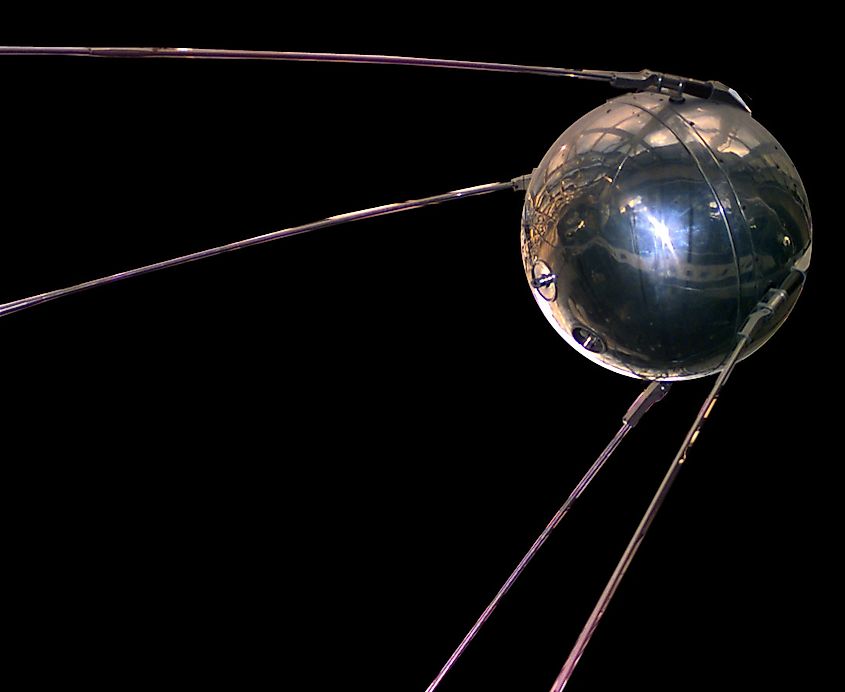
In a similar vein to the United States, Russia's satellite program can be traced back to the Cold War and its participation in the Space Race against the USA. The Almaz Program was introduced in the early 1960s and involved the establishment of space stations.
In the 1970s it was determined by the Soviet leadership that satellites were a much cheaper alternative and they quickly launched their own into orbit. In 2024, the United States accused Russia of launching a satellite that had the capability of attacking and inspecting other satellites but these claims were, of course, denied.
4. France - 17

France's satellite program might pale in comparison to that of the global superpowers such as Russia, China, and the United States, but it still has a relatively robust space program. French satellites are used exclusively for ease of communication and the gathering of intelligence if need be.
The French Space Command is under the joint control of the French Air and Space Force. Founded in 2010, this new organization is responsible for making sure lines of communication are able to stay afloat between the other branches of its military.
5. Israel - 12
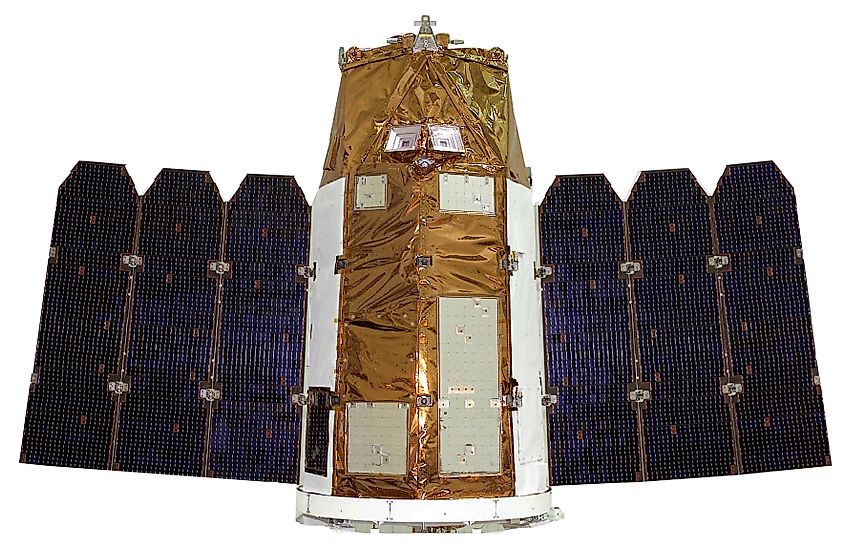
The small fleet of Israeli military satellites is under the command of the Israel Space Agency. The organization was first formed in the 1960s out of Tel Aviv University and only became official in 1983. The first reconnaissance satellite, OFEQ 3, was only launched in 1995.
Due to Israel's often rocky relationship with its neighbors, information about rival military positions has become a vital part of its strategy. These Earth Resources Observation Satellites (EROS) have been steadily launched into orbit every so often since the beginning of the 21st century.
6. Italy - 10
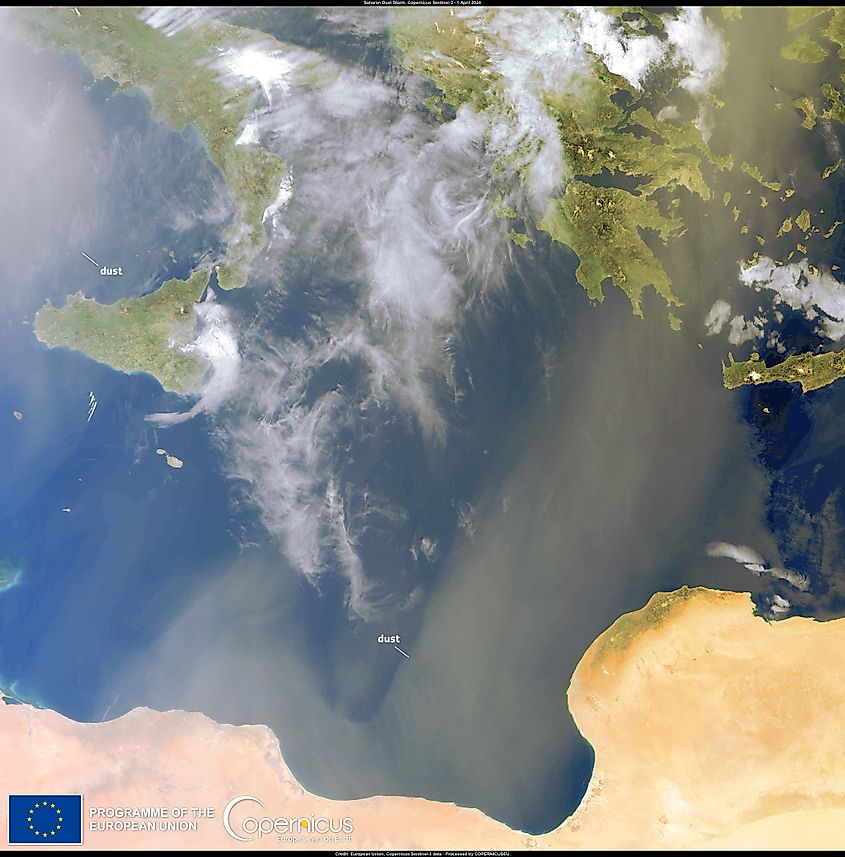
Italy is a relative newcomer on the space front. The Italian Space Operations Command was only first established in 2020 but has had an immediate impact on the overall capabilities of the Italian military.
The Italian Space Operations Command often works in tandem with the Italian Navy and Italian Air Force, feeding them the information needed to complete missions and operations to the best of their ability. Some of the satellites used by the Italians are the Sicral 1B, Sicral 2, and the OPTSAT-3000.
7. India - 9
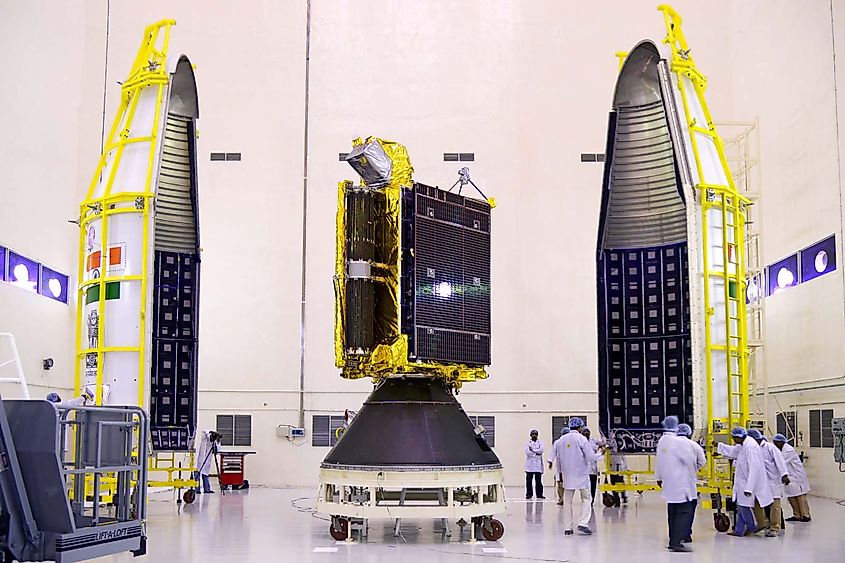
The Indian footprint in space has grown tremendously in the past handful of years. As India's national space program made headway, it was only a matter of time before this success was to be used for express military purposes.
The Defence Space Agency is the military branch that oversees space warfare and satellite intelligence. This new agency was only formed in 2018 and did not become operational until 2019. In 2019 India also began tests for its ASAT program. This program was put into motion as a way to attack and destroy ballistic missiles and satellites from both China and Pakistan.
8. Germany - 8
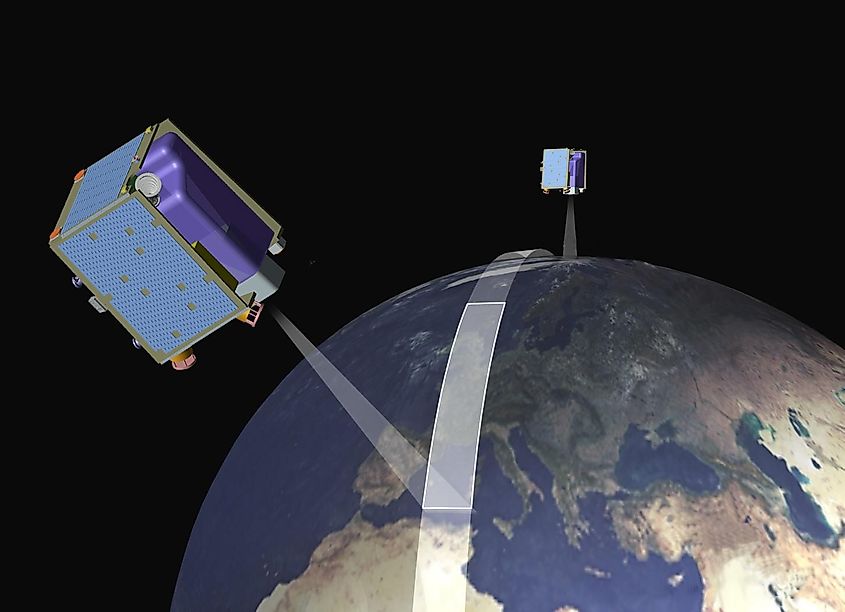
Germany uses its military satellites strictly for informational purposes, but so it has had a great effect. In 2002, a deal was reached between the French and German governments, allowing for joint operations between both space programs.
Germany primarily uses the SAR-Lupe satellite. The SAR-Lupe is able to take high-resolution photos from orbit and relay them back to military command. The first of its kind was surprisingly launched in Russia in 2006. Since then others have also been sent into orbit to serve the same purpose.
9. United Kingdom - 6
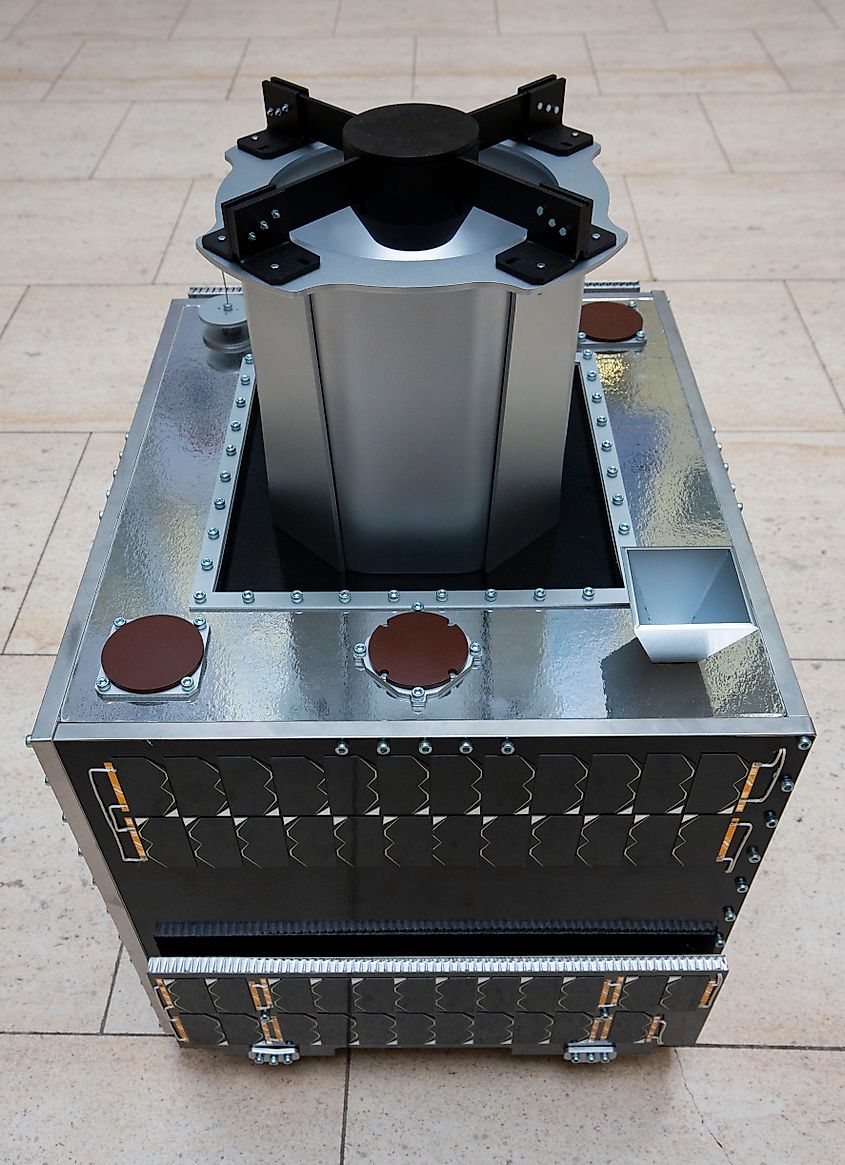
The United Kingdom's use of military satellites dates back to the 1960s. At the time, only the Soviet Union and the United States were using satellites for military purposes. In response, the British formed Skynet, a family of military communication satellites.
Skynet offers near-global coverage and works very closely within the Five Eyes network which is comprised of Canada, Australia, New Zealand, the United Kingdom, and the United States. Its satellites also feed vital info to MI6 and its other military branches.
10. Spain - 4
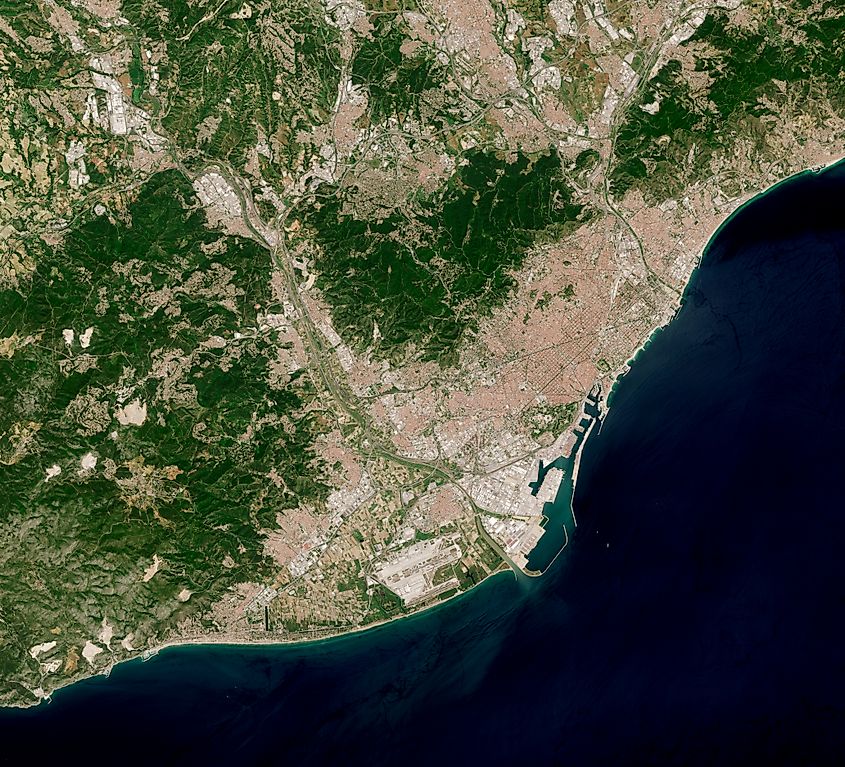
While Spain might not be considered a military superpower, it still remains a power within the EU, and its commitment to its military presence in space is a testament to that goal. Spain's first attempt at military satellites began in 2006 with the debut of Spainsat, a family of telecommunication satellites for military and government use.
More additions to this program were added just this year with the launch of Spainsat NG 1, which is now in its final construction phase. Other newer satellites are set to launch this decade will is the part of a program that is to last until 2040.
Final Thoughts
As technology improves, it has become clear to all militaries that space will be the final frontier of modern warfare. Whether this is done strictly through satellites or space-capable aircraft is yet to be known. Needless to say, a significant breakthrough will undoubtedly be made in this sector shortly.










